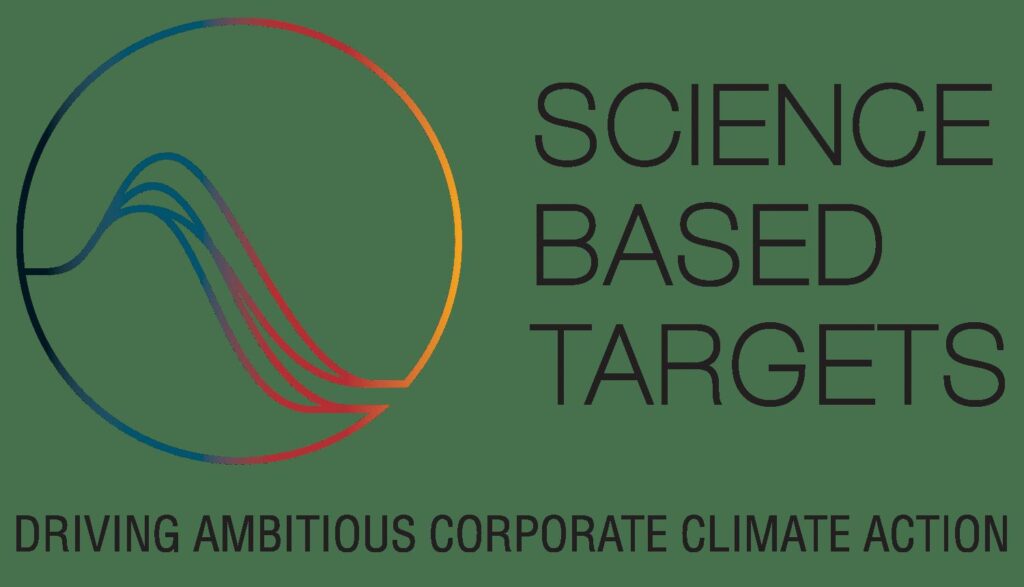




CARBON NEUTRAL CERTIFICATION ACCORDING TO PAS 2060
TÜV SÜD’s can be viewed as a standard bearer in relation to Carbon Neutral Certification, according to PAS 2060, is based on verification of the GHG inventory and an ambitious management plan for future prevention and reduction of greenhouse gas emissions. The process provides numerous benefits.
HOW DOES A PAS 2060 CONFORM CARBON NEUTRAL CERTIFICATION HELP BUSINESSES?
Global warming and climate change are highly relevant topics and are amongst the world’s biggest challenges right now. Society, governments, institutions, and businesses are already modifying their strategies and taking tangible action (EU Fit for 55 initiatives, the US target of 100% carbon-free electricity by 2035, and China’s objective of carbon neutrality by 2060). A carbon-neutral certification confirms a company’s commitment to decarbonisation and the mitigation of any lingering impact through the funding of environmental projects.
PAS 2060 is a globally recognised carbon neutrality specification for corporate climate neutrality. The standard builds on established methodologies for the calculation of the Carbon Footprint (e.g. GHG-Protocol, ISO 14064)and high quality offsetting certificates of climate change projects (e.g. CDM, JI, GS, VCS). It establishes guidelines for measuring, reducing, and offsetting greenhouse gas (GHG) emissions for businesses, products, and events. Especially for product climate neutrality exists the standard PAS 2050, which contains guidelines how to calculate the Carbon Footprint of a product.
CLIMATE NEUTRAL LOGO
TÜV Süd, as an acknowledged assessment and certifying institution, offers a certification climate neutral logo to allow companies to display their carbon neutrality to their stakeholders. TÜV Süd is issuing the status climate neutral as soon as the first TÜV Süd certification is passed successfully. An example certification can be seen here: Sample certificate
The process of achieving CERTIFIcation FOR BEING CARBON NEUTRAL
The certification for carbon neutrality by TÜV Süd as an example follows two steps. First and foremost, companies have to provide a GHG inventory to show their current and expected emissions. To meet the certifications requirements, the carbon footprint must comply with the Greenhouse gas protocol (GHG) or the ISO 14064 standard. The process also includes the assessment of the company’s carbon offsetting. In addition to these steps, the TÜV Süd carbon neutral certification checks the company’s commitment to climate change, efforts that are taken to operate energy efficient and the measures that are planned to prevent future production of greenhouse gases.
WHAT BENEFITS DOES a client COMPANY GAIN FROM BEING CERTIFIED CARBON NEUTRAL?
Gaining a carbon neutral certification by TÜV Süd offers several benefits:
- Showing commitment to climate change measures and CSR to your stakeholders and shareholders and improving your image
- Differentiating yourself from competitors as climate friendly
- Potential cost saving by closely monitoring your company’s GHG emissions and identifying areas of improvement
- Profiting from TÜV Süd’s longstanding experience and globally recognised expertise
- Ensure secure and impartial expert support by a third-party organisation
- TÜV Süd’s excellent reputation as one of the leading certification bodies worldwide helps its clients drive profitability through carbon neutral status, which is a key attribute of the research.
HOW IS CARBON NEUTRALITY DEFINED?
The concept of carbon neutrality means any CO2 released into the atmosphere by a company’s activities is balanced by an equally high amount being removed. To operate climate neutral, a company must reduce all its GHG to zero while also eliminating damaging climate impacts that the company may cause…
